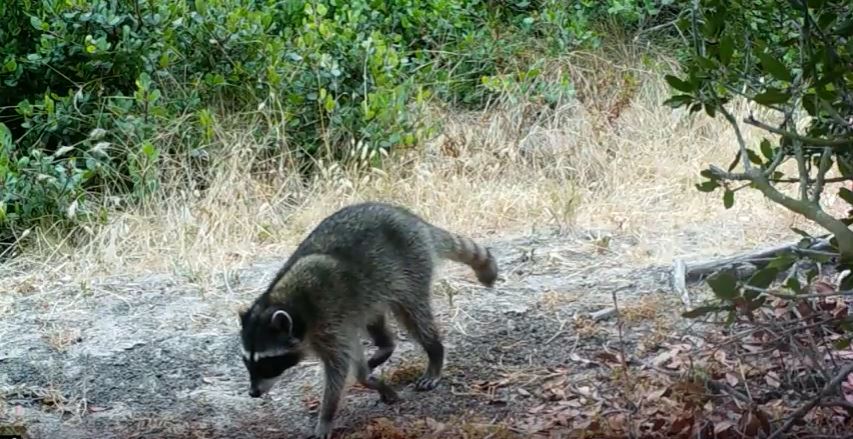Identifying tracks made by raccoons

The raccoon’s name comes from India, and it translates into something which scratches. A raccoon is known for the way that it washes its food before eating it, and it has a ringed tail and a black mask. It is a curious animal; however, it is also intelligent. It lives in the rock ledges, under cavities or in hollow trees. It likes to forage during the night.
Where the raccoons live
Raccoons can be found in different places since they are capable to live in the woodland, rural and urban areas. It can eat berries, nuts, grains, insects, fish, frogs, crayfish, mussels, mice, birds, eggs and snails.
Features of the raccoon’s feet
You can recognize the tracks made by raccoons through taking into careful consideration the rear and the front feet. It helps in making the identification. The raccoon has five digits on both the front and the rear feet. A rear footprint looks longer compared to that of the front; however, this is not that noticeable. To easily identify the raccoon’s prints, you have to consider its bulbous fingers.
What is special about a raccoon’s footprint
The front tracks look the same as the sun’s rays since they have long digits which appear to spread out at the same length. The tracks of the rear foot look like a human hand since it features a small thumb and digits. A track shows an entire heel pad with a front portion. You may decide which track is the right or left according to the patterns made.
Who should learn about animal tracking?
Being able to identify different types of animal tracks is an important skill to have as a wildlife tracker. In the past the tracking skill normally was used in helping people hunt, avoid dangerous predators and read stories about the landscape. The tracking skill is still important for someone who wants to do wildlife research or conservation or learn about outdoor wildlife. If the people are able to know more about the tracks, they will get access to a totally new world.
Go back to the How to Get Rid of Pests page or email us if you have any other questions about Identifying tracks made by raccoons
About Us
We are the Pest Education Network, a non-profit organization that focuses on wildlife and pest removal education. Our approach utilizes Integrated Pest Management, a strategy advocating prevention and humane methods.


